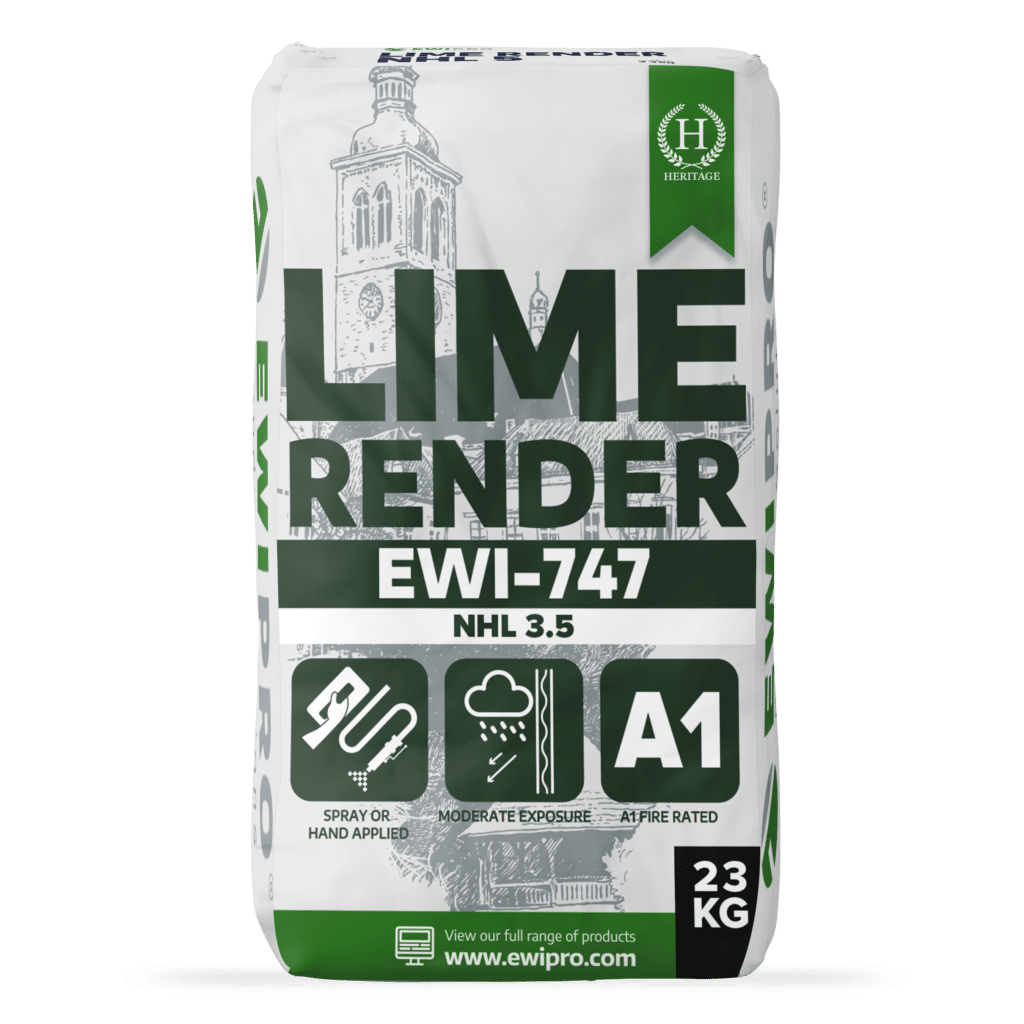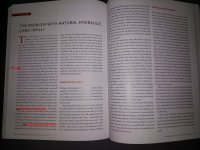Hi, I recently had some electrical points chased up the wall rather than on skirting as I was having lots of work done in the room. The walls where the points have been fitted are lime plastered. I don't need the whole wall replastered just the parts around the electrical points. What should be used here? Is there a lime filler or is gypsum ok. Monica
You are using an out of date browser. It may not display this or other websites correctly.
You should upgrade or use an alternative browser.
You should upgrade or use an alternative browser.
Lime or gypsum
- Thread starter Monica
- Start date
Hi, I recently had some electrical points chased up the wall rather than on skirting as I was having lots of work done in the room. The walls where the points have been fitted are lime plastered. I don't need the whole wall replastered just the parts around the electrical points. What should be used here? Is there a lime filler or is gypsum ok. Monica
Best keep it like for like
Pink is s**t compared to lime
If you're lucky enough to have lime, stick with it
KingCharlesTheTurd
Active Member
Woods
Active Member
yeah I agree with like for like. Lime will also bond better with itselfHi, I recently had some electrical points chased up the wall rather than on skirting as I was having lots of work done in the room. The walls where the points have been fitted are lime plastered. I don't need the whole wall replastered just the parts around the electrical points. What should be used here? Is there a lime filler or is gypsum ok. Monica
Smudger1
Well-Known Member

Lime Render NHL 3.5 (EWI-747) - 23kg
The breathability of lime render allows water vapour to pass through its structure, facilitating the movement of moisture in and out of a building’s walls.
 ewistore.co.uk
ewistore.co.uk

Limelite Renovating Plaster
Tarmac Limelite Renovating Plaster is a premium, lightweight cement-based plaster specifically designed for use in renovation projects. This innovative product offers the numerous advantages of traditional lime plaster but with enhanced workability and significantly faster drying times. Ideal...
 diyrefurb.co.uk
diyrefurb.co.uk
Or tank it.
Spitandpolish
Well-Known Member
Universal one coat , quicker , easier and more than adequate for that.

Lime Render NHL 3.5 (EWI-747) - 23kg
The breathability of lime render allows water vapour to pass through its structure, facilitating the movement of moisture in and out of a building’s walls.ewistore.co.uk

Limelite Renovating Plaster
Tarmac Limelite Renovating Plaster is a premium, lightweight cement-based plaster specifically designed for use in renovation projects. This innovative product offers the numerous advantages of traditional lime plaster but with enhanced workability and significantly faster drying times. Ideal...diyrefurb.co.uk
Or tank it.
Should have left it at the two links.
Last line mate.....
Smudger1
Well-Known Member
Yep NHL = Non hydrolic lime ?@Smudger1
no hydraulic lime indoors mate; the only place for hydraulic lime is in foundations and the occasional chimney at best. Floor screeds is also fine. Everywhere else go with pure lime.
Lime Green Solo - One Coat Lime Finishing Plaster
l*m*-g***n Solo is a one coat lime finishing plaster which contains only natural materials so can be used in projects with strict environmental requirements. Find out more about l*m*-g***n Solo by visiting our site today.
Last edited:
Woods
Active Member
NHL = Natural Hydraulic LimeYep NHL = Non hydrolic lime ?
Lime Green Solo - One Coat Lime Finishing Plaster
l*m*-g***n Solo is a one coat lime finishing plaster which contains only natural materials so can be used in projects with strict environmental requirements. Find out more about l*m*-g***n Solo by visiting our site today.www.ecologicalbuildingsystems.com
it's a type of hydraulic lime
cement is also a type of hydraulic lime
hydraulic lime = lime + pozzolana
the pozzolana transform the properties of the lime
pozzolana can be brick dust, fired clays, trass, volcanic ash, flywheel ash, etc
Back in the day, craftsmen mostly just used raw earth and lime. Sometimes they would add a certain amount of pozzolana if the situation called for it. Foundations are best built with hydraulic lime because it can set under water.
But everything above ground, everywhere the wind can reach, they traditionally used pure/fat lime. Because that type of mortar is much better at sucking the moisture out of the stones so that the wind can dry it (convective drying).
Hydraulic lime doesn't do this and that's why the stones (and wall) stay wet.
Spitandpolish
Well-Known Member
All you need now is a proper paying job to do mate, they won't know what's hit them !excerpt from nigel's book
Spitandpolish
Well-Known Member
The only advantage of giving them the price straight to their face is watching them gulp !they won't know what's hit them when they get my quote

